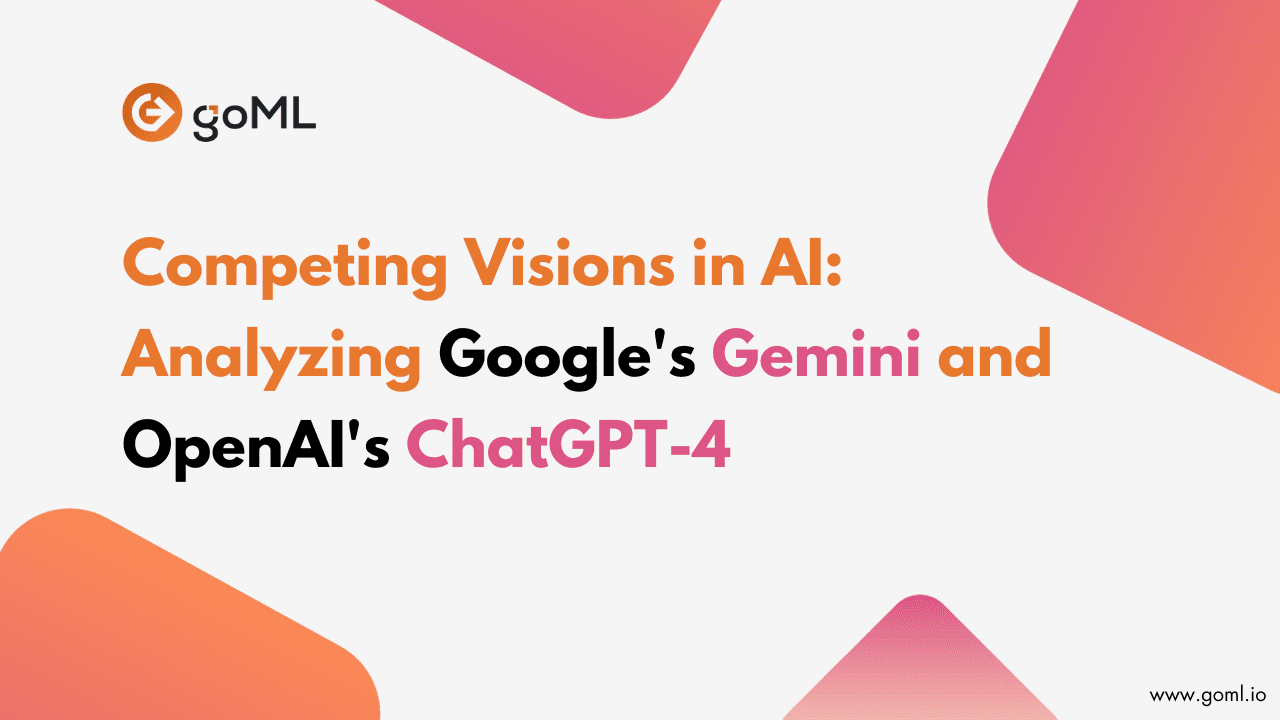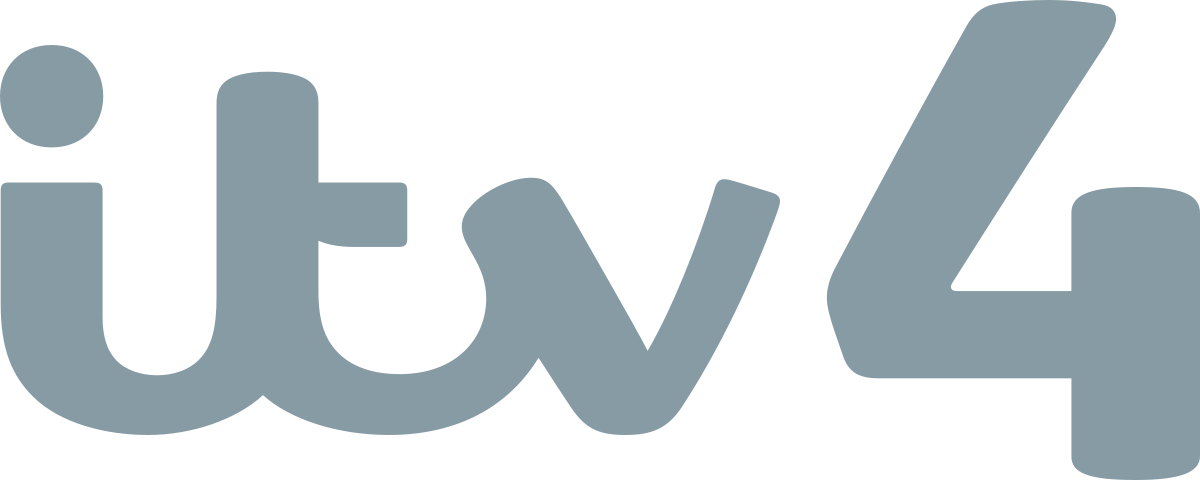I/O Versus Io: Analyzing The Rivalry Between Google And OpenAI

Table of Contents
Google's I/O: A Deep Dive into Google's AI Ecosystem
Google, with its annual I/O developer conference, is a heavyweight in the AI arena. Its I/O presentations consistently showcase advancements in artificial intelligence, reflecting its extensive investments in research and development.
Google's AI Strengths:
- Massive Data Resources: Google's unparalleled access to data from search, maps, Android, and other services fuels its AI models. This data provides a significant advantage in training sophisticated algorithms.
- Robust Infrastructure: Google Cloud Platform (GCP) provides the computational power necessary to train and deploy large-scale AI models, giving Google a competitive edge in terms of scalability and efficiency.
- Established AI Research Teams: Google boasts some of the leading minds in AI research, consistently pushing the boundaries of what's possible in machine learning, natural language processing, and computer vision. Projects like LaMDA and PaLM 2 are testaments to this expertise.
- Deep Integration with Google Services: Google seamlessly integrates its AI advancements into its existing products and services, creating a cohesive user experience. This integration strengthens its ecosystem and provides a significant barrier to entry for competitors.
- Focus on Responsible AI: Google emphasizes ethical AI development, addressing concerns about bias, fairness, and privacy, which is crucial for building trust and maintaining a positive public image. This contrasts somewhat with the sometimes-faster, less cautious approach taken by OpenAI.
Google's I/O conference serves as a crucial platform for announcing these advancements. The 2023 I/O, for instance, saw significant announcements related to PaLM 2, showcasing its capabilities across various applications.
Google's I/O Weaknesses:
- Perceived Slowness to Market: While Google excels in research, it has sometimes been criticized for being slower to release consumer-facing AI products compared to OpenAI. This lag allows competitors to capture market share and establish brand recognition.
- Challenges in Direct Competition with Viral Models: The viral success of models like ChatGPT presented a challenge to Google, prompting a quicker release of Bard to directly compete.
- Data Privacy Concerns: Google's vast data collection practices raise ongoing concerns about user privacy, impacting public perception and potentially hindering wider adoption of its AI technologies.
OpenAI's io: Disrupting the AI Landscape
OpenAI, despite being a smaller company compared to Google, has undeniably disrupted the AI landscape with its groundbreaking models. Its impact, particularly through models like GPT and DALL-E, is significant, driving conversation and innovation within the field.
OpenAI's AI Strengths:
- Innovative Model Architectures: OpenAI's GPT models represent a significant leap forward in natural language processing, demonstrating capabilities previously considered impossible.
- Strong Community Engagement: OpenAI fosters a strong community around its models, encouraging feedback, collaboration, and rapid iteration. This open approach has fueled innovation and rapid improvement.
- Rapid Iteration and Model Improvements: OpenAI demonstrates impressive speed in iterating on its models, continuously releasing updates and improvements, maintaining a competitive edge.
- Successful Partnerships and Collaborations: Strategic partnerships and collaborations with Microsoft and other companies provide OpenAI with access to resources and distribution channels, accelerating growth.
- Focus on Accessibility and Developer Tools: OpenAI provides accessible APIs and developer tools, empowering a wider community to build upon its models and integrate them into various applications.
OpenAI's io Weaknesses:
- Concerns about Biased Outputs: AI models, including OpenAI's, can inherit biases from the data they are trained on, leading to potentially unfair or discriminatory outputs. Mitigating these biases remains an ongoing challenge.
- Potential for Misuse: The power of OpenAI's models raises concerns about potential misuse for malicious purposes, such as generating misinformation or creating deepfakes.
- Dependence on Funding and Partnerships: OpenAI's success is partly dependent on securing substantial funding and maintaining strong partnerships, making it vulnerable to shifts in the market.
- Limited Data Resources Compared to Google: Compared to Google, OpenAI has access to a smaller dataset, which can limit the potential of its models in certain tasks requiring massive data processing.
I/O versus io: A Comparative Analysis
Understanding the "I/O versus io" rivalry requires a comparative analysis across various dimensions:
Comparing Business Models:
Google monetizes its AI through its cloud services, advertising revenue, and integration into its various products. OpenAI, initially a non-profit, now employs a more commercial model, offering API access and premium services for its models.
Comparing Research and Development Approaches:
Google adopts a more traditional research approach, with a focus on long-term fundamental research and responsible AI development. OpenAI emphasizes rapid iteration and deployment of cutting-edge models, prioritizing speed and impact.
Market Positioning and Target Audiences:
Google targets a broad audience, integrating its AI across its entire ecosystem. OpenAI focuses on developers, researchers, and businesses seeking to leverage its advanced models for specific applications.
The Future of the I/O vs. io Rivalry:
The "I/O versus io" rivalry is likely to intensify, with both companies investing heavily in AI research and development. The future will likely see increased collaboration, competition, and innovation, ultimately benefiting the wider AI community and the consumers who will use the resulting technologies.
Conclusion: The Ongoing Battle for AI Dominance: I/O and io
The "I/O versus io" rivalry showcases the intense competition in the rapidly evolving field of artificial intelligence. While Google leverages its vast resources and established ecosystem, OpenAI disrupts the market with innovative models and a strong developer community. Both companies face distinct challenges, yet their contributions to AI are undeniable. The long-term impact of this rivalry will shape the future of AI, driving further advancements and potentially leading to unexpected innovations. We encourage you to share your thoughts on this "I/O versus io" debate and stay tuned for further updates on this evolving technological rivalry. Follow us for more insights into the latest AI advancements!

Featured Posts
-
 Addressing The Rise Of Fascism A Delaware Governors Perspective On The Post Biden Landscape
May 26, 2025
Addressing The Rise Of Fascism A Delaware Governors Perspective On The Post Biden Landscape
May 26, 2025 -
 The Saint On Itv 4 Your Complete Tv Guide
May 26, 2025
The Saint On Itv 4 Your Complete Tv Guide
May 26, 2025 -
 Israeli Women Veterans Call For Release Of Gaza Prisoners
May 26, 2025
Israeli Women Veterans Call For Release Of Gaza Prisoners
May 26, 2025 -
 Shipwreck On Front Lawn Cnn Details The Unexpected Incident
May 26, 2025
Shipwreck On Front Lawn Cnn Details The Unexpected Incident
May 26, 2025 -
 Zheng Defeats Frech Advances To Romes Round Of 16
May 26, 2025
Zheng Defeats Frech Advances To Romes Round Of 16
May 26, 2025
Latest Posts
-
 Manchester United In 25m Transfer Battle With Liverpool
May 28, 2025
Manchester United In 25m Transfer Battle With Liverpool
May 28, 2025 -
 Liverpools Pursuit Of Rayan Cherki A Transfer Analysis
May 28, 2025
Liverpools Pursuit Of Rayan Cherki A Transfer Analysis
May 28, 2025 -
 Transfer News Man United Ahead In Race To Sign Rayan Cherki
May 28, 2025
Transfer News Man United Ahead In Race To Sign Rayan Cherki
May 28, 2025 -
 Winning The Euromillions 202m Jackpot What To Expect
May 28, 2025
Winning The Euromillions 202m Jackpot What To Expect
May 28, 2025 -
 Liverpool Transfer Target 25m Players Agent Speaks To Man Utd
May 28, 2025
Liverpool Transfer Target 25m Players Agent Speaks To Man Utd
May 28, 2025
